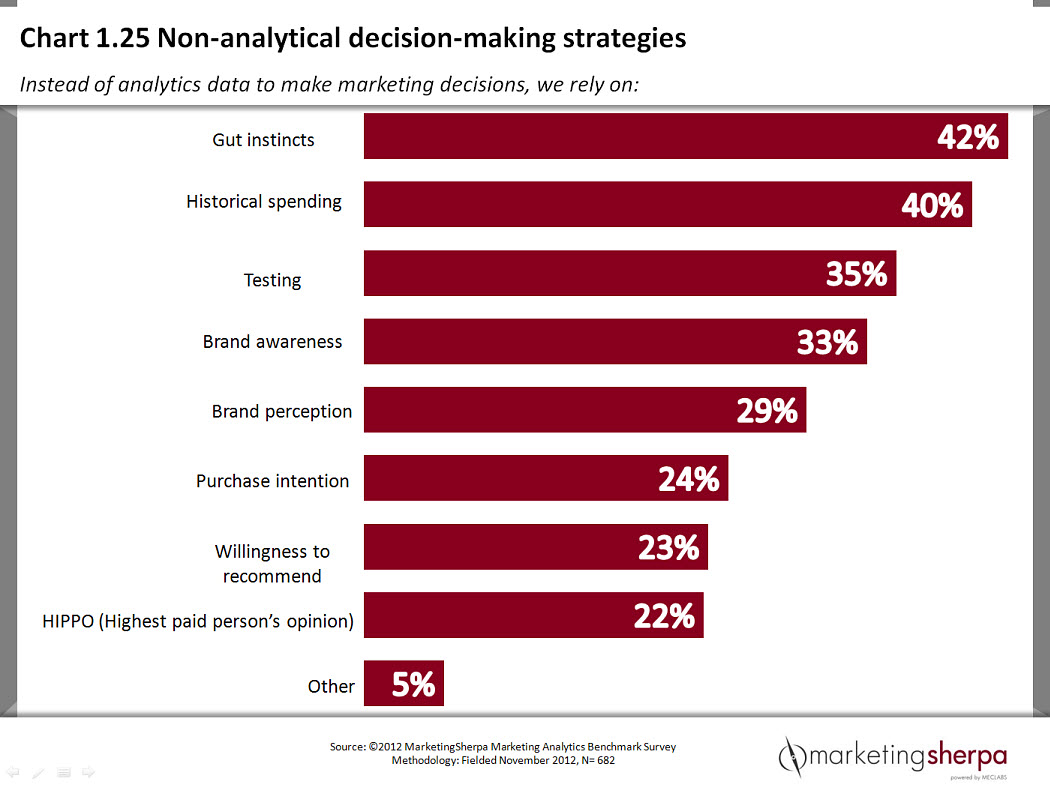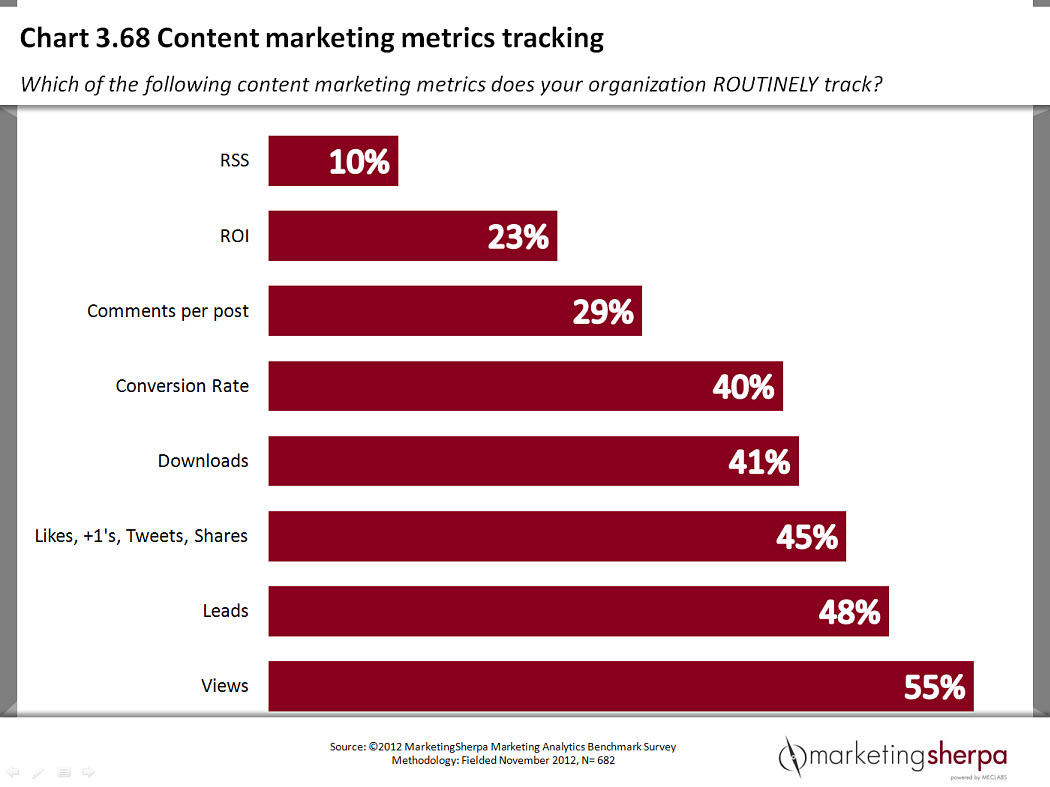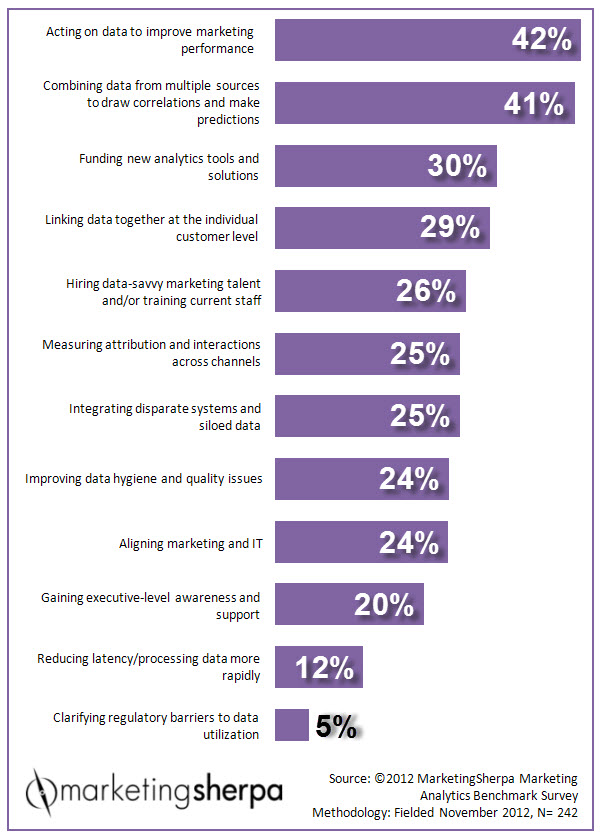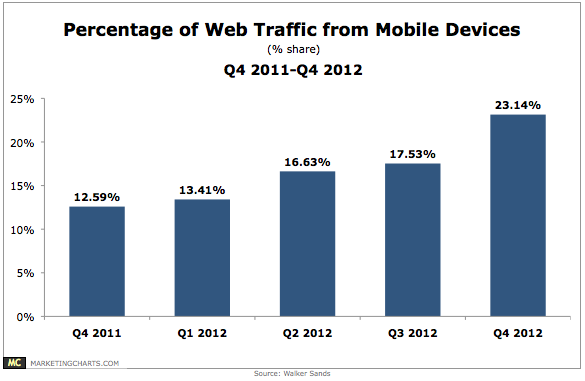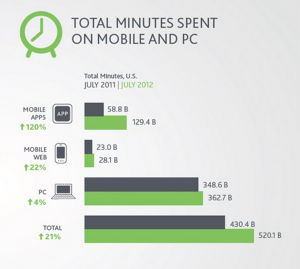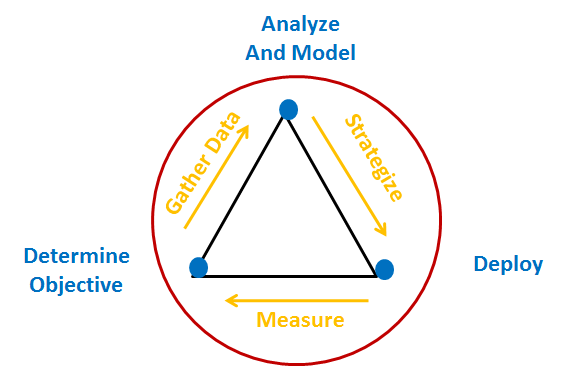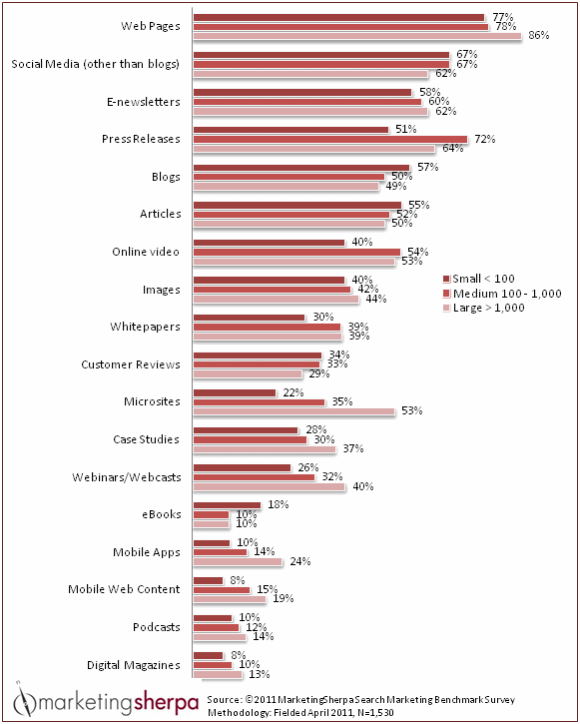Originally published on B2B LeadBlog
The quality of your database represents the quality of your customer and prospect relationships.
Here’s why: Effective marketing depends on relevant messaging, and relevant messaging depends on how well you know your customers.
For instance, at best, your email will be tuned out, ignored or lost. And, at worst, you’ll be labeled a spammer if you:
- Use the wrong name in the salutation or send to someone who has left the company.
- Send emails that detail tactical how-to’s while the recipient has long been promoted to a position that requires more strategic, bigger-picture knowledge.
- Offer solutions that are obviously unaffordable for the recipient.
The problem is cleaning and appending databases — making sure they’re accurate and contain all of the information you need to send the most relevant information — isn’t as glamorous as branding or content strategy. So, it’s easy to overlook. But no matter how beautifully you decorate the house, if the plumbing doesn’t work, you can’t live there.
It would be great if cleaning and appending data was something you only needed to do once. However, much like the plumbing I mentioned, the things we rely on eventually need maintenance to uphold that reliability.
When you consider there will always be changes in buyer behavior at play that will likely result in the need for rapid changes to your B2B marketing efforts, it becomes apparent that effective data hygiene is an ongoing process. Conceivably, if you avoid cleaning data for a year, 60% of your database could be obsolete by the end of those twelve months.
Receive help with your data
With all of the demands made of marketers, keeping data clean can be almost impossible to do on your own.
That’s why I’m involved in hiring a vendor to support MECLABS with this monumental task.
There’s a multitude of data vendors and sometimes it can be easy to go with whoever is the cheapest. But, cheaply acquired data is often the most expensive — it can be rife with inaccuracies.
You want to make sure the vendor you choose can live up to its marketing. This is why it’s wise to invest the time and effort to test prospective vendors before hiring them.
Step #1. Compile a list of vendors
So, where do you begin to search?
For us, the ideal place to start was by compiling a list of vendors recommended to us or have been used previously for smaller projects.
Step #2. Determine what information is most important
In our case, it was:
- Contact name
- Job title
- Company name and company address
- Contact phone number and company phone number
- Industry/SIC
- Revenue
Step #3. Weigh each record field by value
Assign weighted values to each of the appended items depending on your needs. For instance, if job title is most important, then give it a higher weight than company address.
Here’s a weighted version of the list from the example above:
- Job title: 5
- Contact name: 4
- Company name and address: 3
- Contact phone number and company phone number: 3
- Revenue: 2
- Industry/SIC: 1
Step #4. Use a large enough list to sample test vendor accuracy
We started by taking a list of 100 records we knew to be highly accurate and stripped out some of the data.
Next, we added those 100 records to a list of 900 additional records to create a test list of 1,000 total records that we sent to each vendor.
Once a vendor finished appending, we then pulled the 100 records we knew were accurate from their work and cross-checked them for accuracy.
We also used additional verification sources like LinkedIn to help double check the data in the samples to make sure each vendor’s quality was accurately assessed.
Step #5. Add up the scores and consider any other factors
The vendor with the highest score from your testing will likely be your best choice, but there are factors of completion time, size, cost and complexity of data to consider in your overall decision.
Selecting a vendor can be difficult, so I hope these steps will help put you on the path to having the cleanest and most relevant customer information possible.
One more thing…
How do you handle data hygiene?
If you have any other data cleaning recommendations, I would love to hear about them in the comments section below.
Related Resources:
Do You Expect Your Inside Sales Team to Practice Alchemy?
How to Build a Quality List and Make Data Drive Leads
Webinar Replay: Teleprospecting that Drives Sales-Ready Leads
List Buying: 6 tips for buying the most effective lead list



